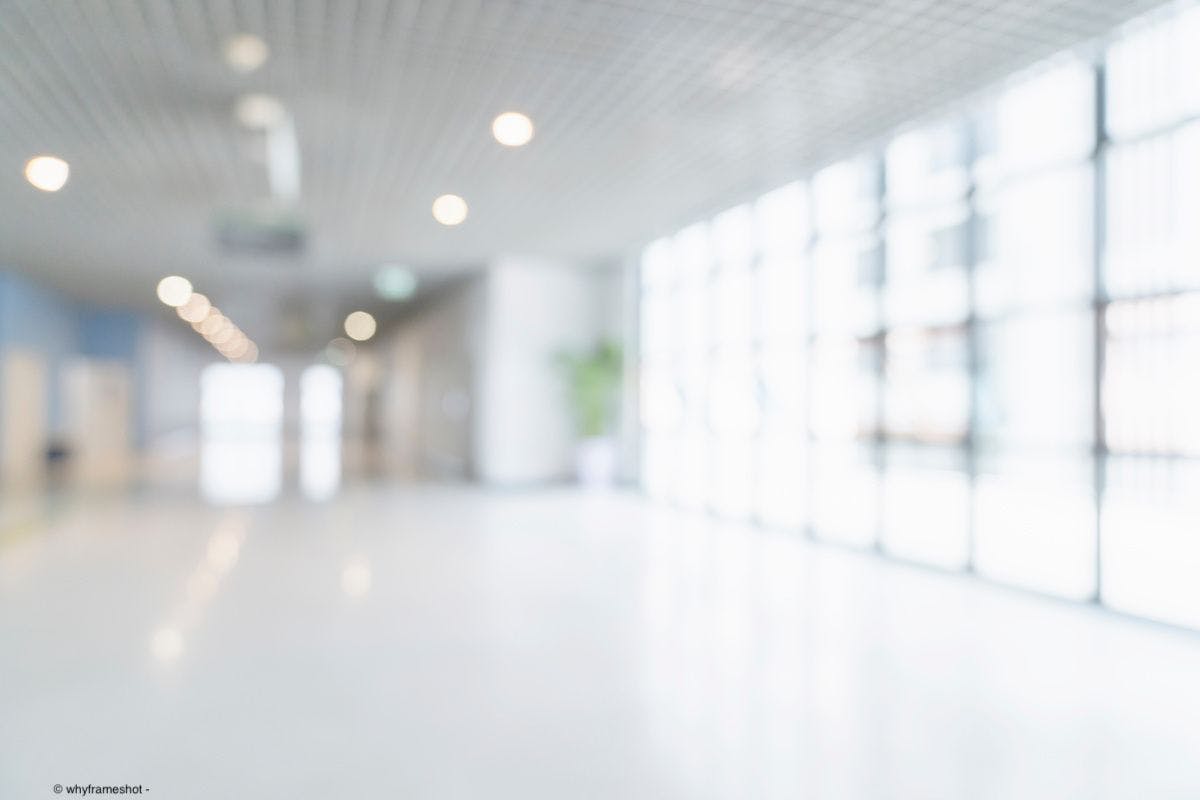News
Article
Urology Times Journal
Published OASIS trial data show safety, efficacy of Revi system for OAB
Author(s):
Findings from the study showed a clinical response rate of 76.4% and 78.4% at 6- and 12-months following activation of the device among patients in the intent-to-treat population.
Data from the pivotal OASIS trial (NCT03596671) have been published in Neurourology and Urodynamics (NAU), showing the safety and efficacy of the BlueWind Revi System, an implantable tibial neuromodulation device for the treatment of patients with overactive bladder (OAB).1,2
In August 2023, the FDA granted a de novo marketing authorization to the Revi System based on findings from the OASIS trial.

"OAB is a chronic and debilitating condition that significantly impairs quality of life with significant financial costs for many people. One in 6 adults in Europe and the US have OAB. The data published in NAU underscore the effectiveness of Revi as a valuable therapy for individuals living with [urge urinary incontinence] (UUI) who oftentimes go untreated,” said lead author John Heesakkers, MD, in a news release on the data.2 Heesakkers is the chairman of the department of urology at the Maastricht UMC in the Netherlands and the General Secretary of the International Continence Society.
Findings from the study showed a clinical response rate of 76.4% and 78.4% at 6- and 12-months following activation of the device among patients in the intent-to-treat population, which reached statistical significance in comparison with the predefined performance goal (P < .0001). Among those patients with completed 12-month diaries (n = 139), 82% achieved at least a 50% reduction in UUI episodes and 66.9% achieving at least a 75% reduction. Further, 37.8% and 50% of patients classified as dry on at least 3 consecutive diaries at 6- and 12-month follow-up, respectively.
Data available at 12-month follow-up also showed that 88% of patients demonstrated a significant improvement in either UUI episodes or severe UUI episodes.
Among those patients with available patient global impression of improvement (PGI-I) data at 12-month follow-up, 93.5% of participants indicated an improvement in their symptoms, and 94.2% were willing to continue treatment. Additionally, 84.6% of patients demonstrated an average improvement in health-related quality-of-life that was greater than the 10-point minimum clinically important difference.
Patient-reported data also showed that 98.5% of patients preferred to treat themselves for sessions of up to 1 hour, and 91.5% of patients indicated a preference of up to 2 treatment sessions per day.
Regarding safety, no procedure- or device-related serious adverse events (AEs) were reported. Additionally, no patients required surgical reintervention or revisions due to implant migration, lead breakage, or battery replacement. In total, 15 serious AEs and 285 AEs were reported.
The prospective, multicenter, single-arm, open-label OASIS trial enrolled and implanted 151 female patients with OAB across clinical trial sites in the US and Europe. Of those, 144 and 140 patients completed the 6- and 12-month visits, respectively. At baseline, patients demonstrated an average of 4.8 UUI episodes per day (SD, 2.9) and 10 voids per day (SD, 3.3). The average age of participants was 58.8 years (SD, 12.5).
For the study, participants stimmed for about 30 to 60 minutes, but no more than 120 minutes, with the device daily.
The primary efficacy end point for the trial was the proportion of responders to therapy, defined as at least a 50% improvement in the average number of UUI episodes. The primary safety end point was the incidence of adverse events from implantation at 12 months following activation of the device. Secondary end points included the proportion of responders, defined as at least a 50% improvement in UUI episodes or severe UUI episodes at 12 months, and the severity of leaks.
In August 2023, the FDA granted a de novo marketing authorization to the Revi System based on findings from the OASIS trial.3 The device is also currently being explored in the RESTORE study (NCT06217328), a post-market trial to compare the efficacy of the Revi System therapy on vs off in reducing UUI episodes. The first patient in the study was implanted with the device in February 2024.4 In total, the trial plans to enroll 150 patients across clinical trial sites in the US.
References
1. Heesakkers JPFA, Toozs-Hobson P, Sutherland SE, et al. A prospective study to assess the effectiveness and safety of the BlueWind System in the treatment of patients diagnosed with urgency urinary incontinence. Neurourol Urodyn. 2024.doi:10.1002/nau.25477
2. Published data demonstrate excellent safety and efficacy and reinforce patient satisfaction with Revi System in the treatment of urge urinary incontinence. News release. BlueWind Medical. Published online and accessed April 23, 2024. https://www.prnewswire.com/news-releases/published-data-demonstrate-excellent-safety-and-efficacy-and-reinforce-patient-satisfaction-with-revi-system-in-the-treatment-of-urge-urinary-incontinence-302123945.html
3. BlueWind Medical's Revi System secures U.S. FDA De Novo Classification grant for the treatment of urgency incontinence. News release. BlueWind Medical. August 17, 2023. Accessed April 23, 2024. https://www.prnewswire.com/news-releases/bluewind-medicals-revi-system-secures-us-fda-de-novo-classification-grant-for-the-treatment-of-urgency-incontinence-301903199.html?tc=eml_cleartime
4. First patient in the RESTORE clinical study of Revi System for urge urinary incontinence treated in Tampa, Florida. News release. BlueWind Medical. February 28, 2024. Accessed April 23, 2024. https://www.prnewswire.com/news-releases/first-patient-in-the-restore-clinical-study-of-revi-system-for-urge-urinary-incontinence-treated-in-tampa-florida-302073158.html































